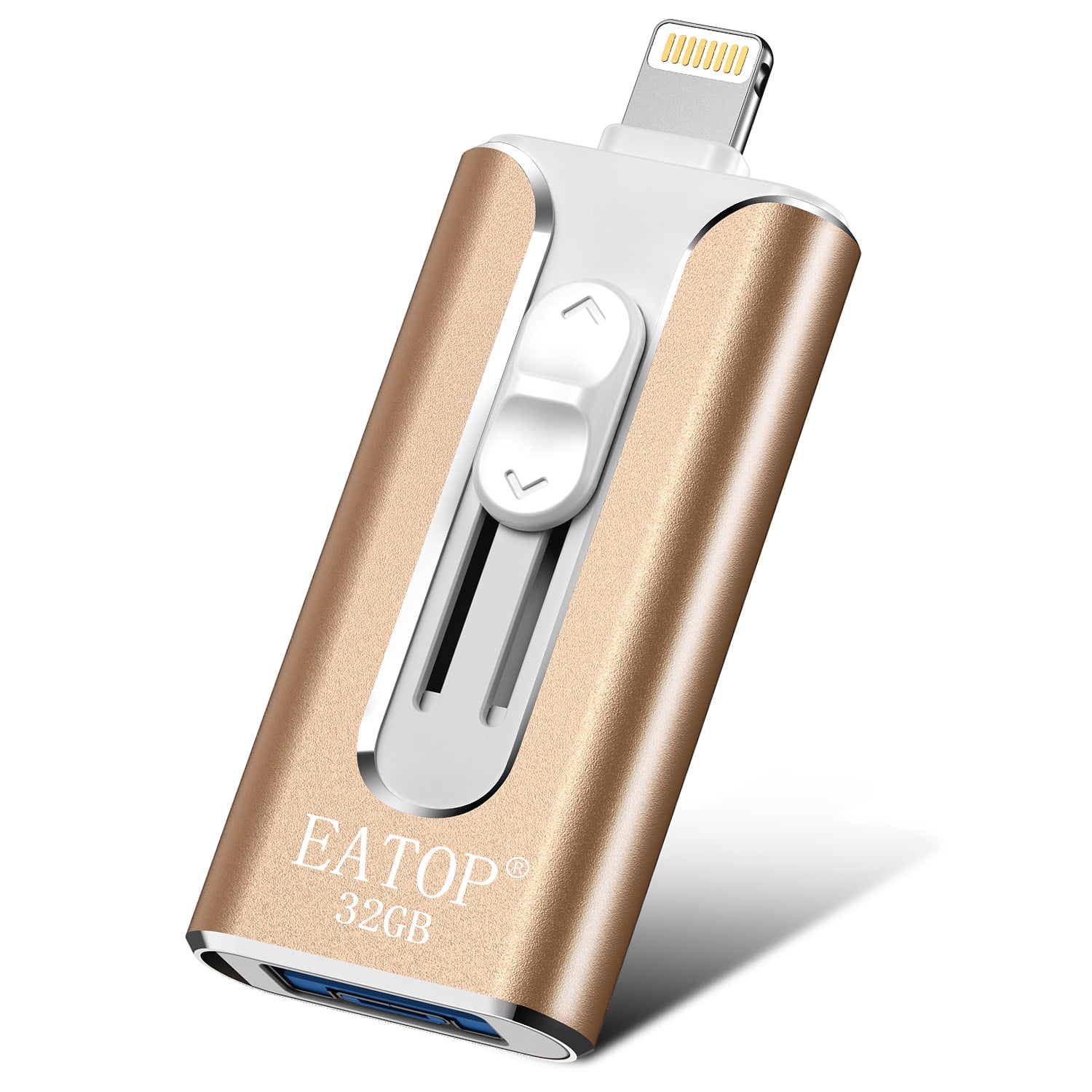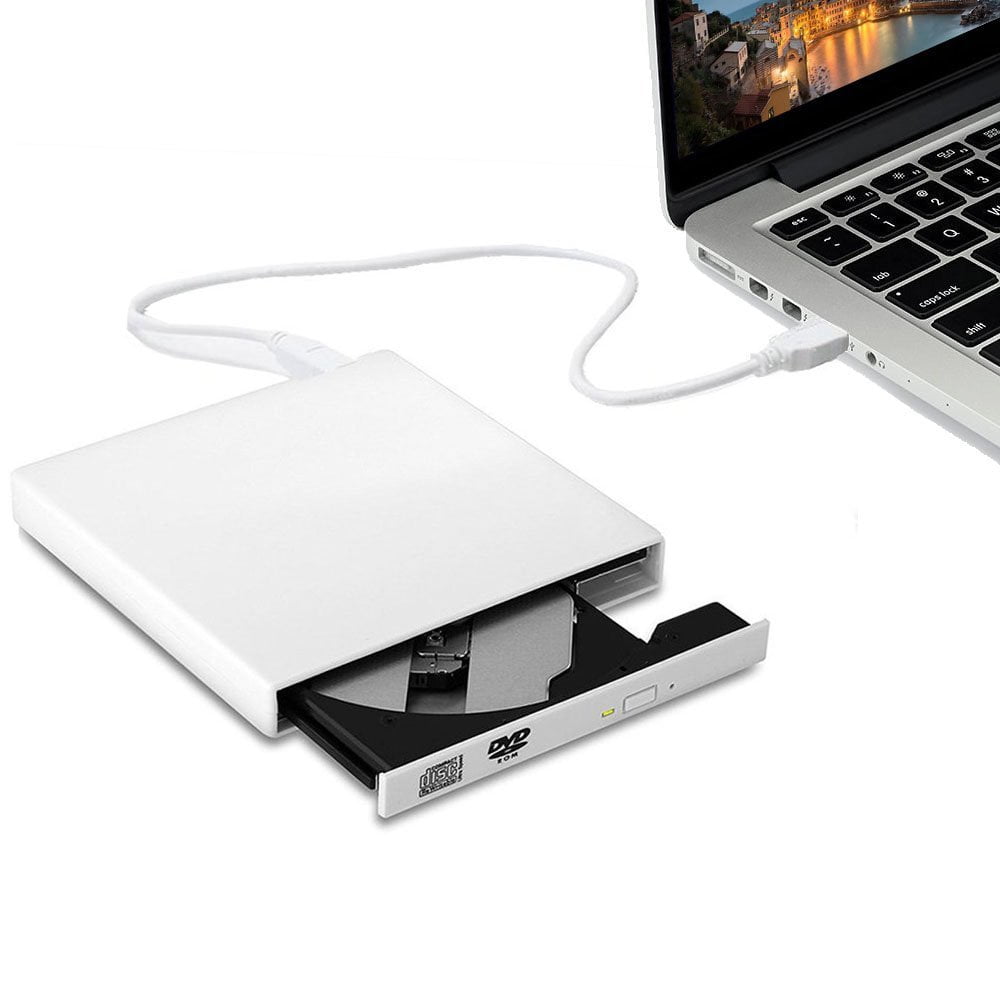

- EXTERNAL FLASH DRIVES FOR MAC FOR MAC
- EXTERNAL FLASH DRIVES FOR MAC MAC OS
- EXTERNAL FLASH DRIVES FOR MAC INSTALL
- EXTERNAL FLASH DRIVES FOR MAC SERIAL
- EXTERNAL FLASH DRIVES FOR MAC PORTABLE
EXTERNAL FLASH DRIVES FOR MAC INSTALL
EXTERNAL FLASH DRIVES FOR MAC MAC OS
For example, if the user wants to install Mac OS Sierra instead of Mojave then they would have to replace "Mojave.app" with "Sierra.app" inside the command line.Īfter creating a bootable USB drive, the user simply needs to plug the created drive into the open port on the Mac. If there is a need to install a different version of the operating system then the user just has to replace the above-underlined command with their desired version of OS.

Here are the steps required after opening the Terminal feature to create a bootable USB drive. The name of the drive can be changed using the Disk Utility of Mac. The user just needs to follow one easy step which is renaming the MyVolume portion of the command with the name of the drive. Using the Terminal feature is the most simple way to create the bootable USB drive. The user can find Terminal in the Applications > Utility folder or it can be checked in the finder utility. The Terminal feature ensures a hassle-free experience for the Mac user without the conventional pointing and clicking, the user just has to type the commands and the computer does the rest. It is just like the Command Prompt feature works for MS Windows. The terminal is the default gateway to the command line on a Mac. Here are the methods to create a bootable USB drive on Mac. There are a few general guidelines that can help get your machine started which are mentioned above, regardless of the OS the user prefers.

EXTERNAL FLASH DRIVES FOR MAC FOR MAC
Reasons for Mac Boot from USBīooting the Mac from USB in a way gives the power back to the user. One of them includes Booting the Mac from such a device. This small tool has opened the world to a stream of limitless options with respect to storing, transferring, copying data, and much more.
EXTERNAL FLASH DRIVES FOR MAC PORTABLE
Thanks to their portable nature, affordability, and compatibility, USB drives are being used to send and receive endless information across a surplus of networks and platforms all around the globe.

Today, these drives are one of the most consumed used devices in the world. The drives are available in various sizes and as of to date, the 2TB(Tera-Byte) flash drives in terms of storage capacity are the largest ones available in the market. Any sort of data can be stored in this device. It is typically removable and much smaller than an optical disc.
EXTERNAL FLASH DRIVES FOR MAC SERIAL
A Universal Serial Bus or USB Drive, also known as a flash drive is a portable data storage device that includes a memory which includes a USB interface.


 0 kommentar(er)
0 kommentar(er)
